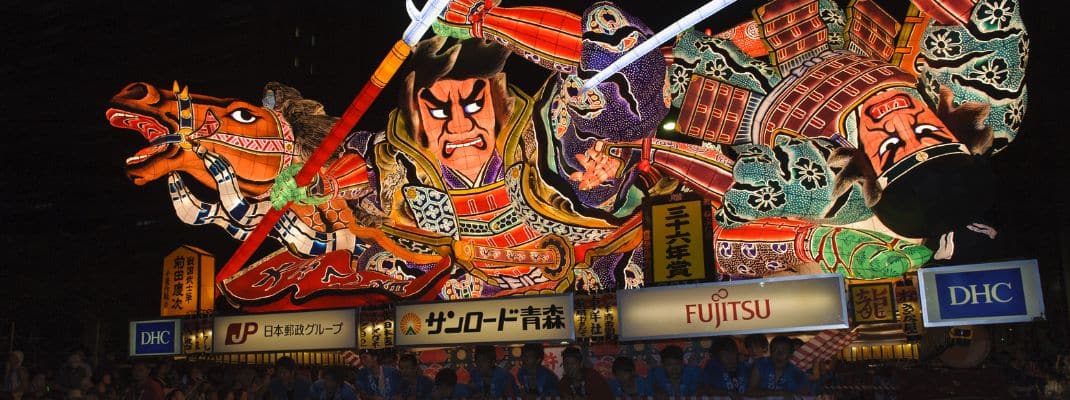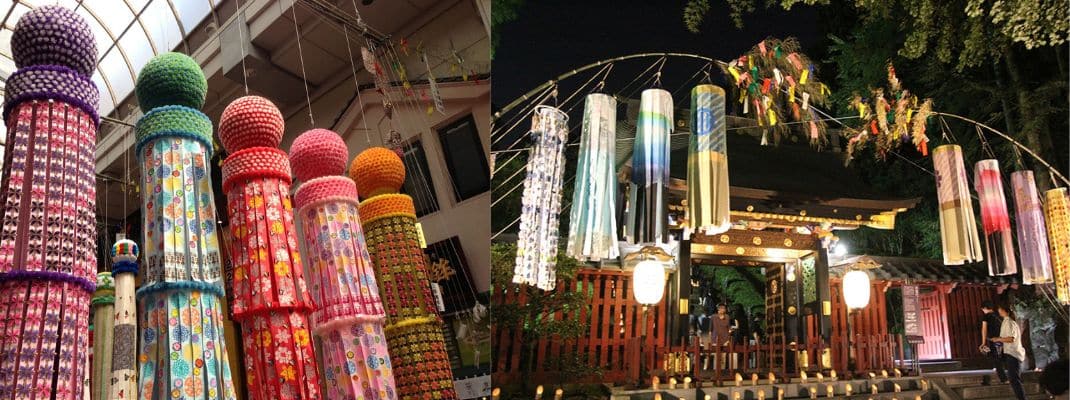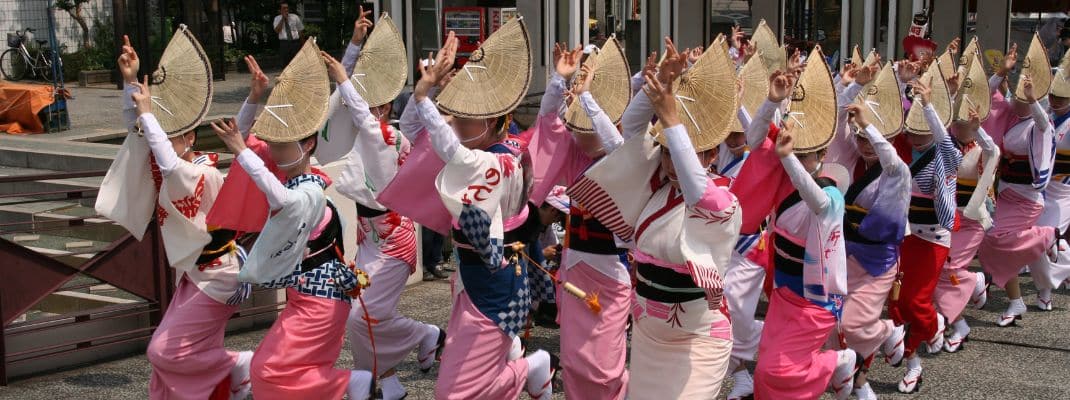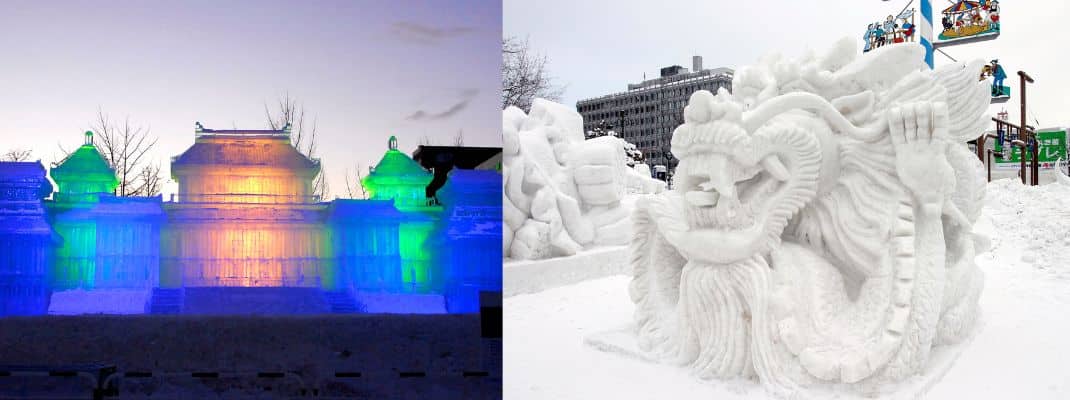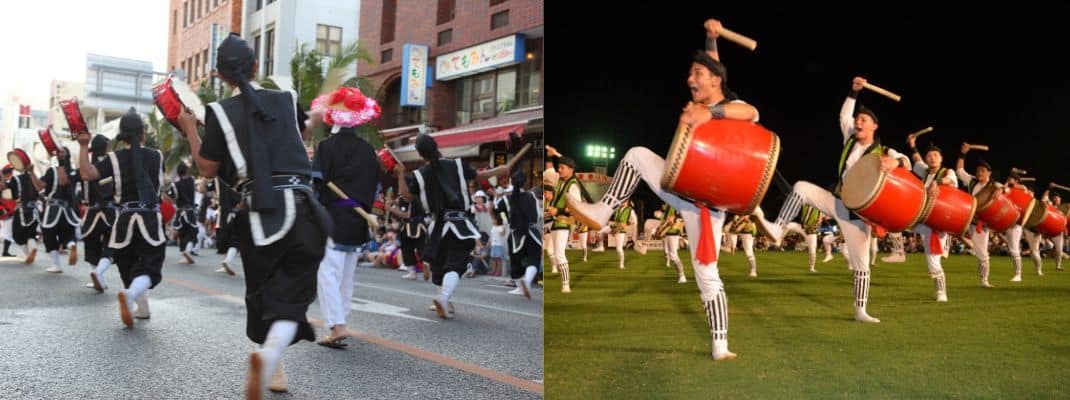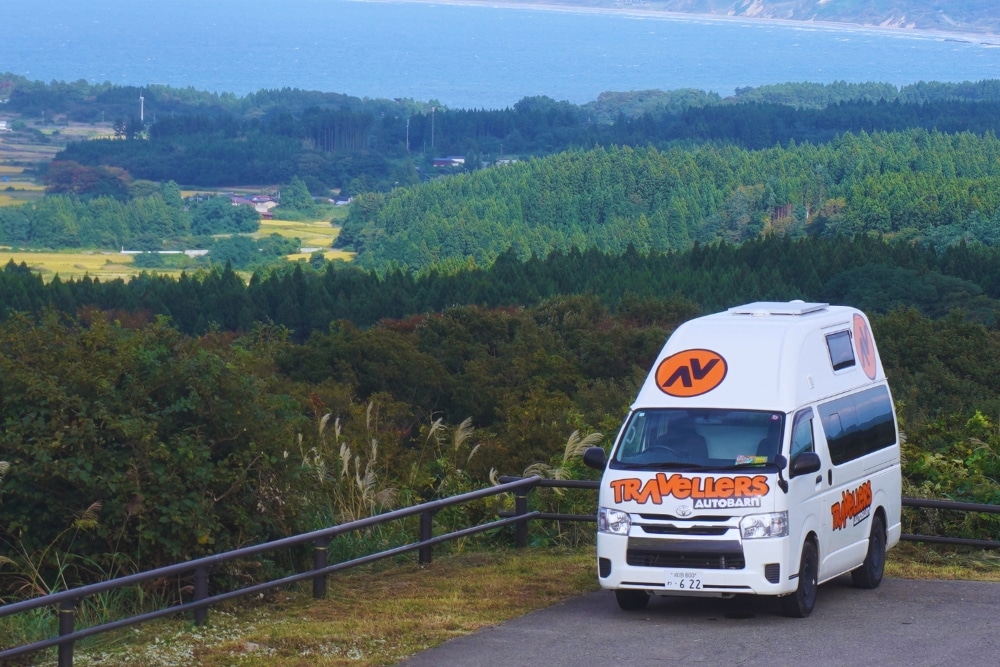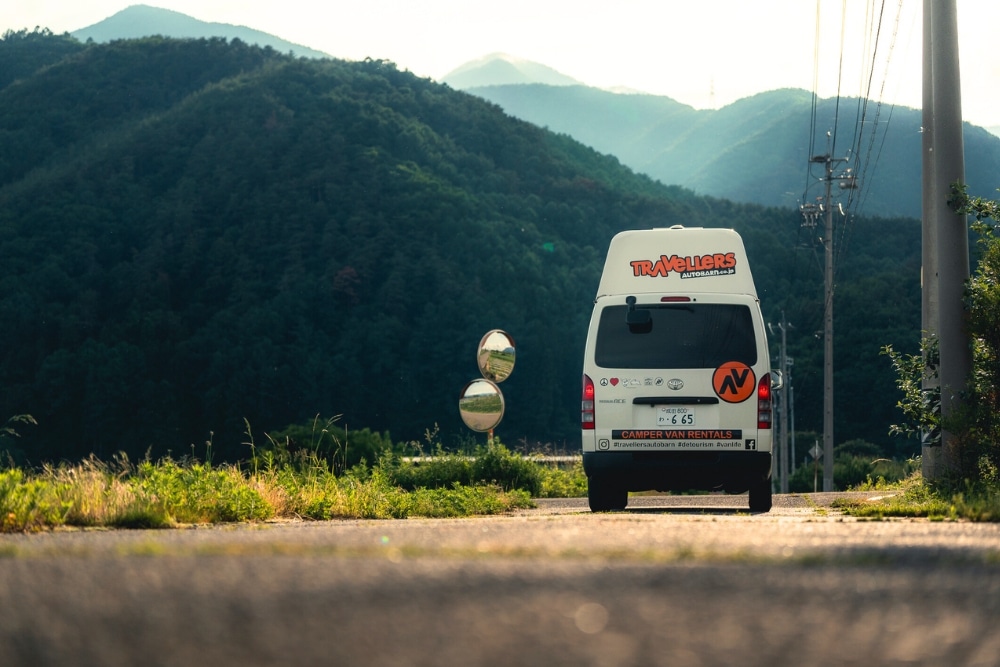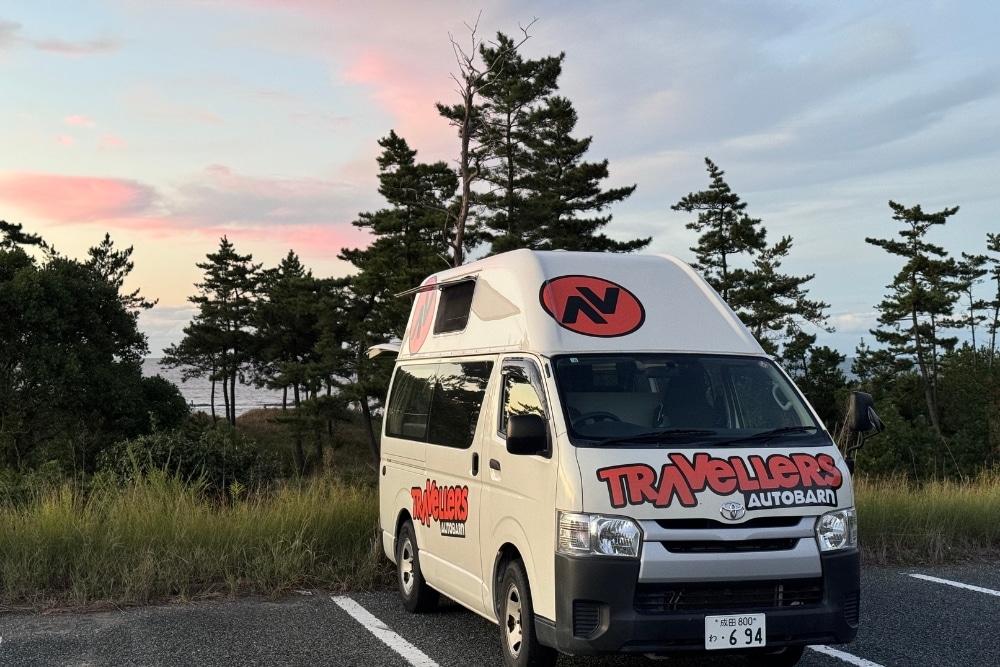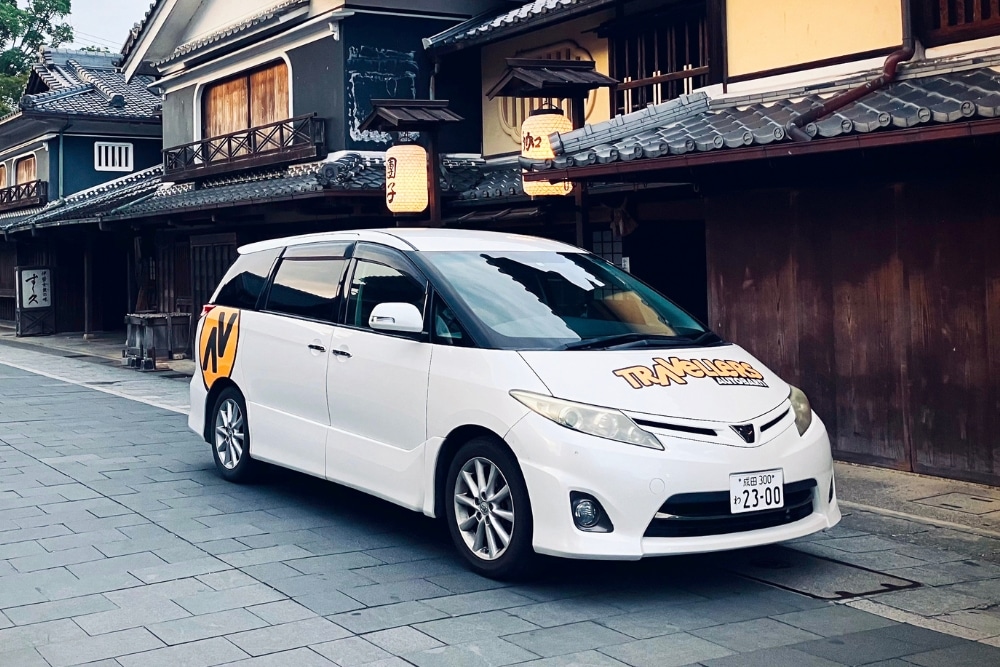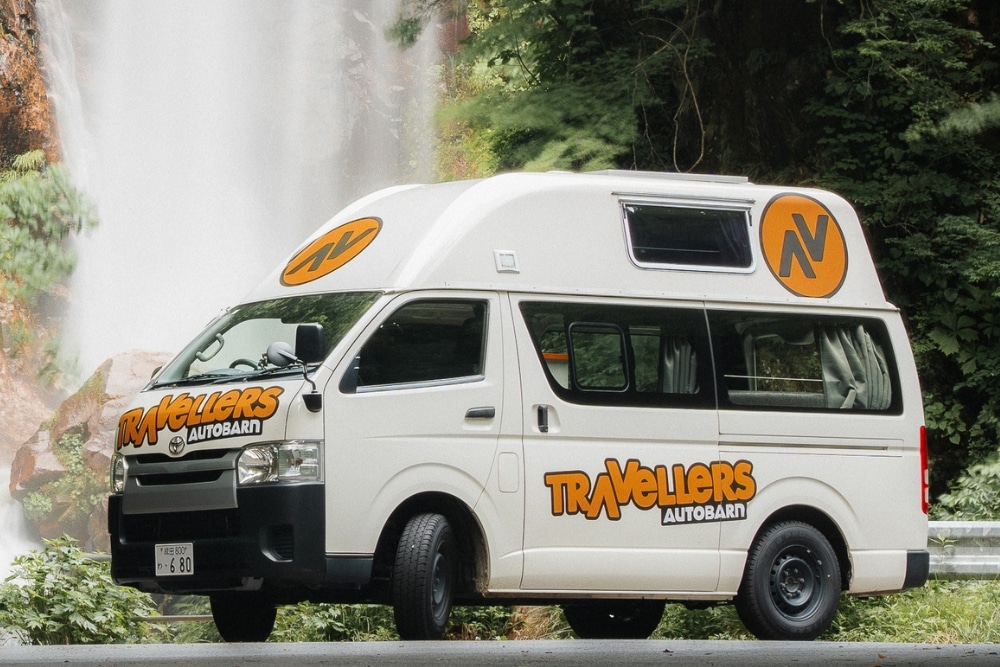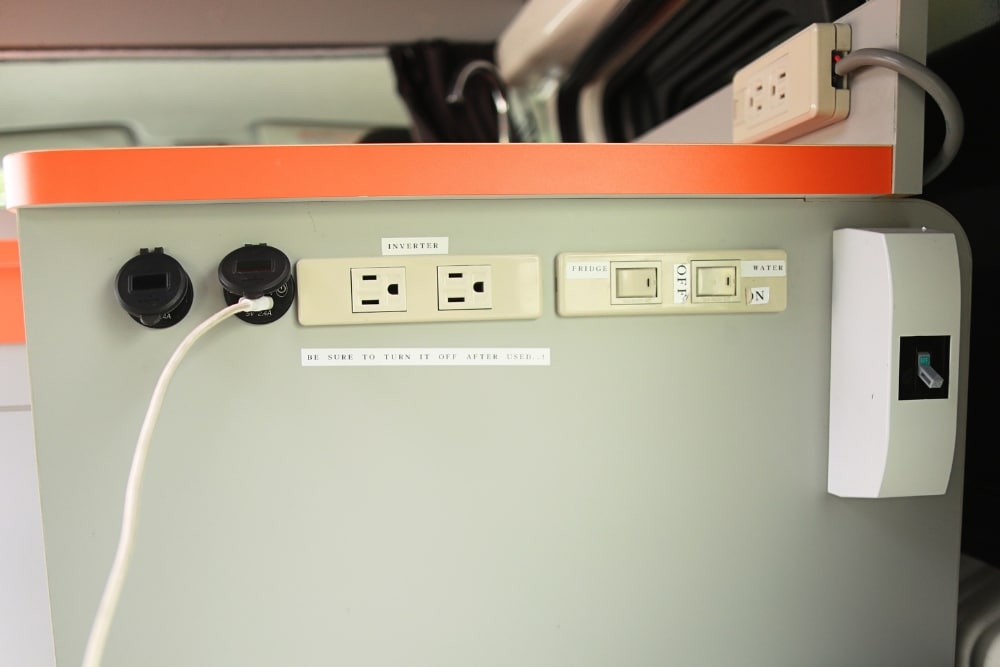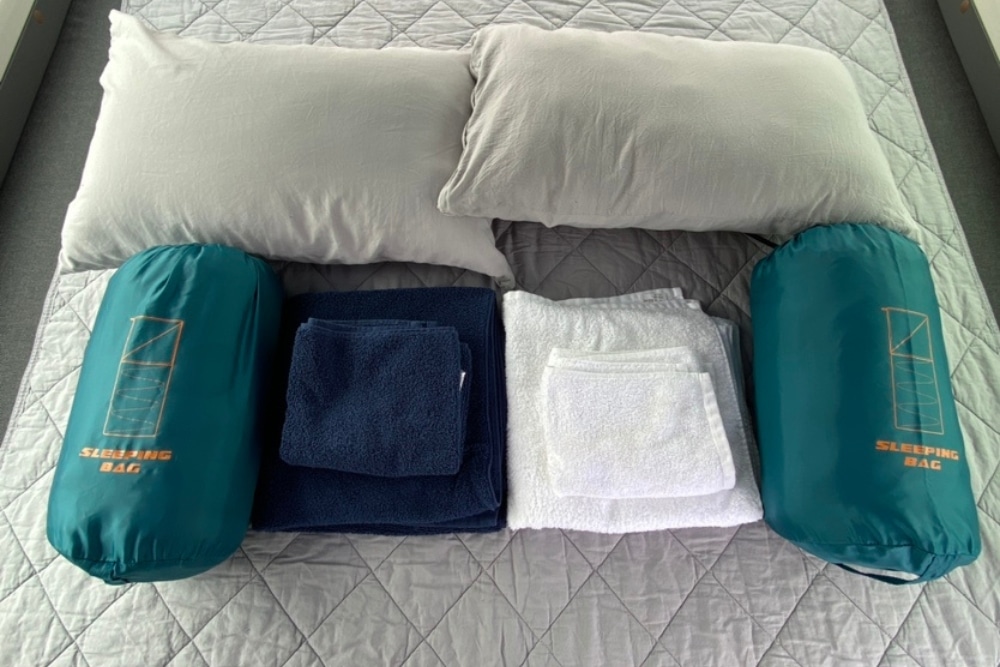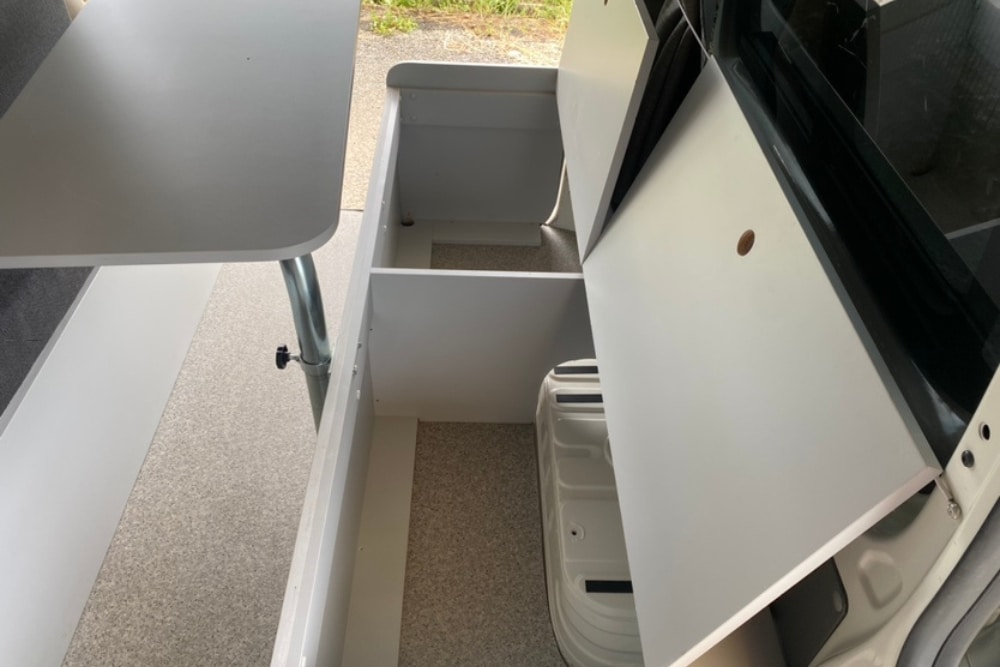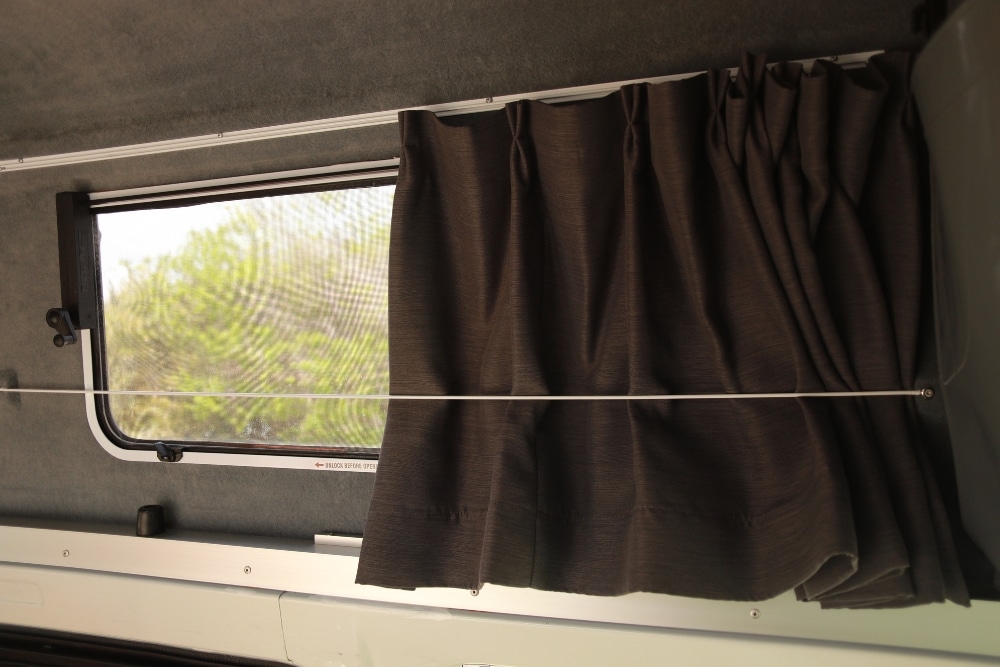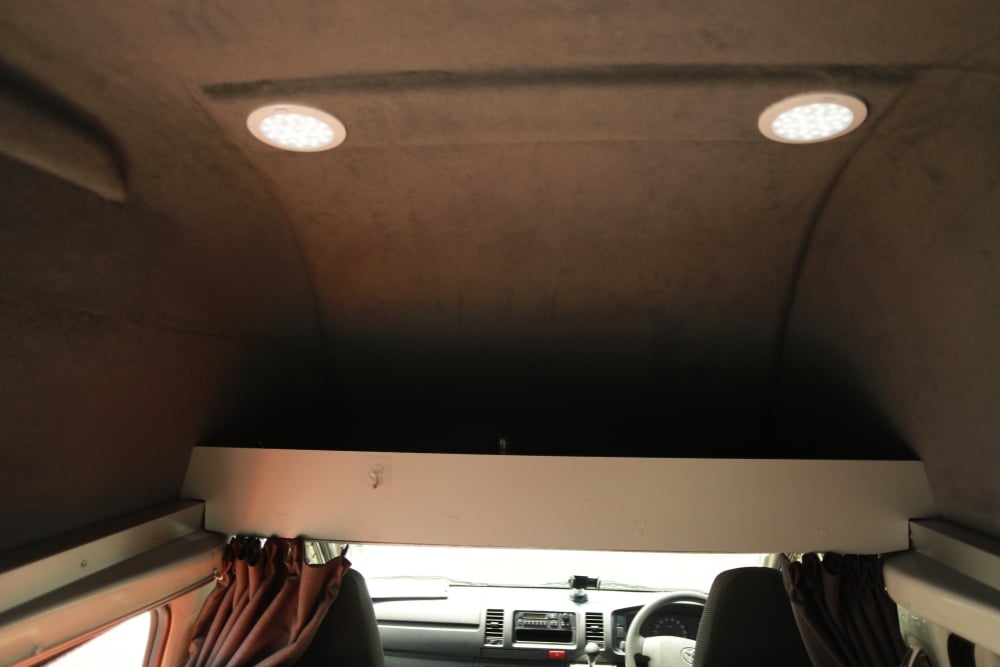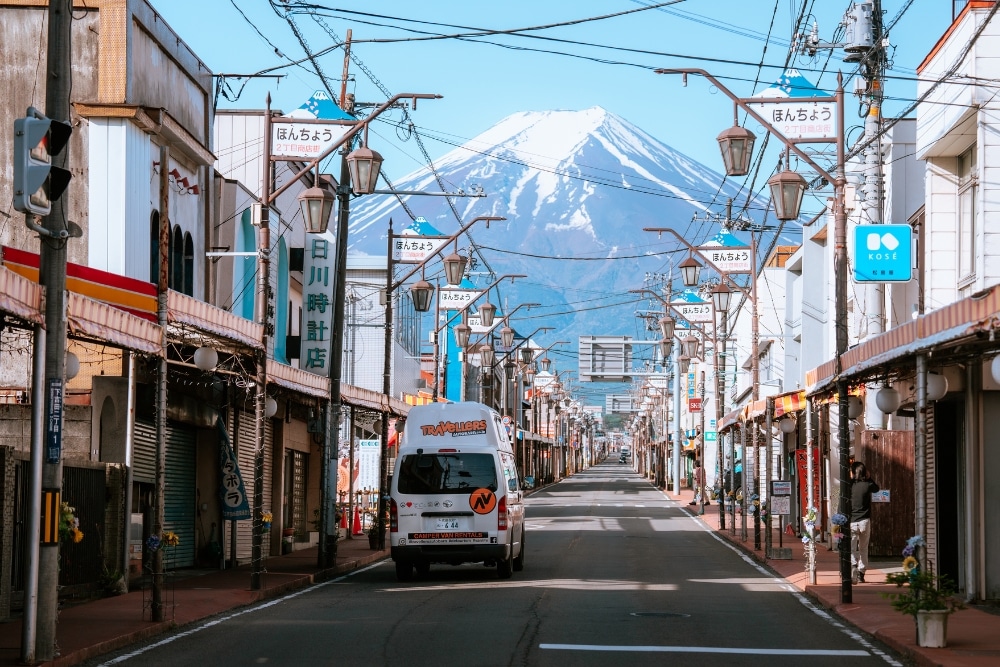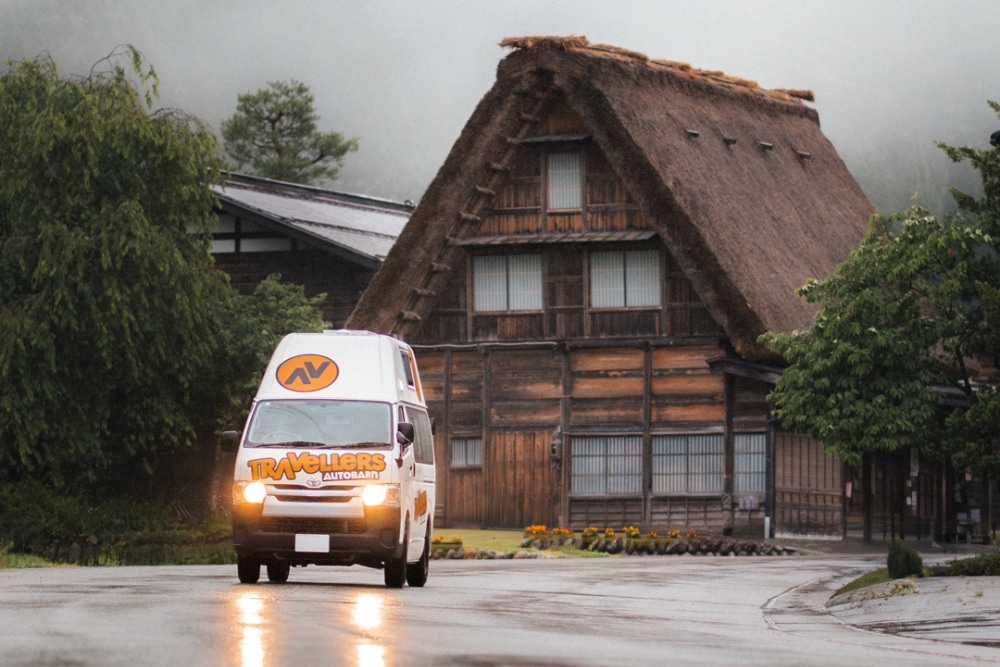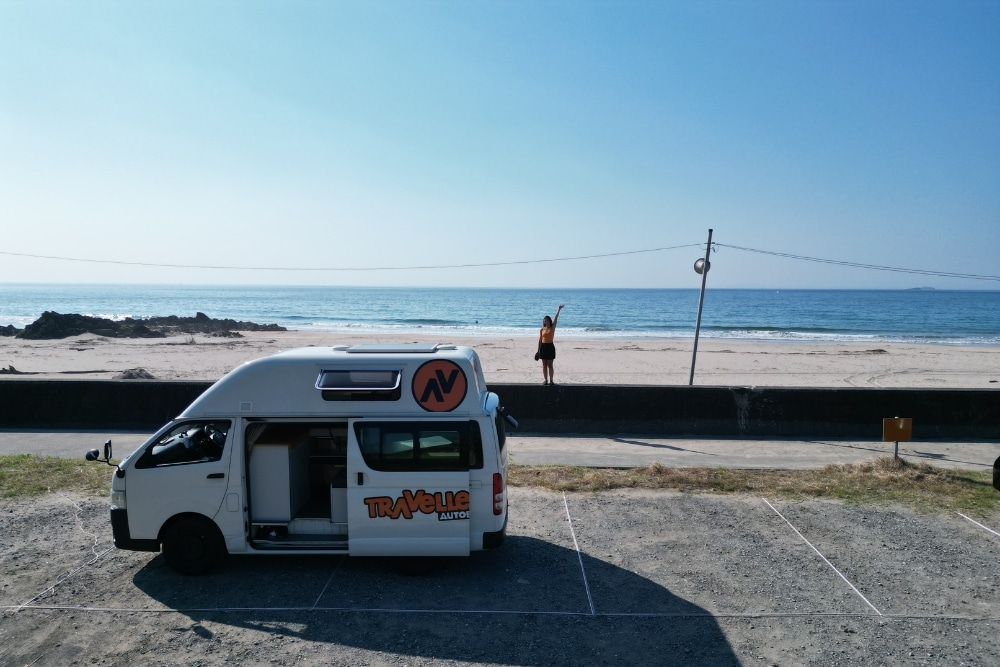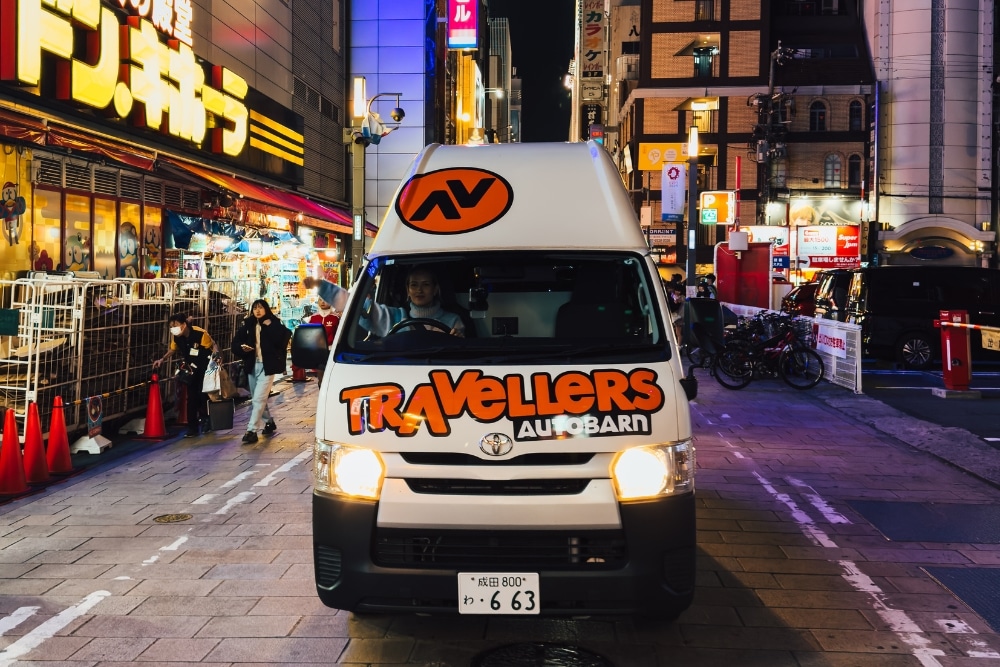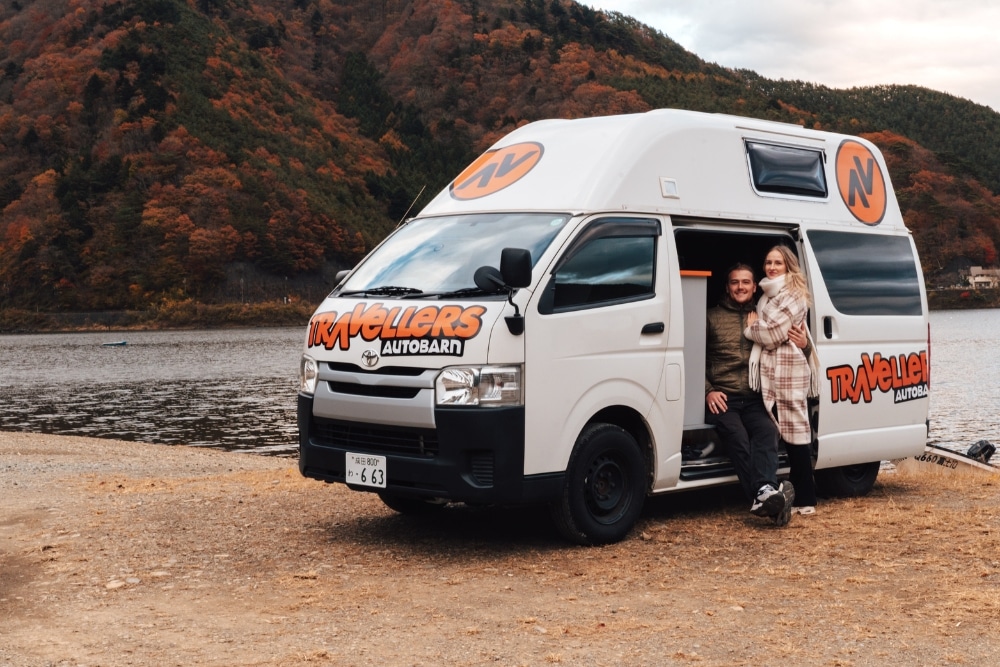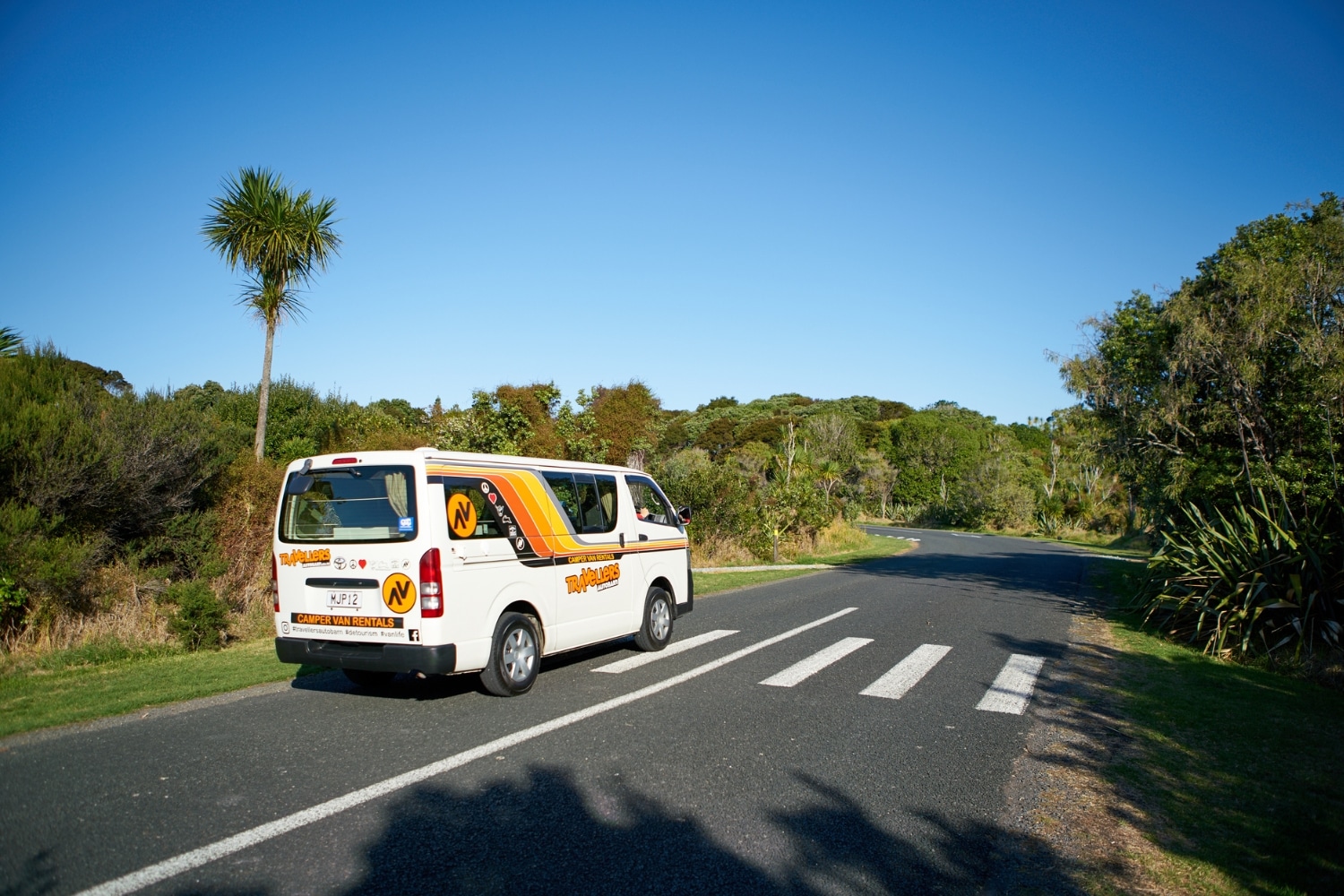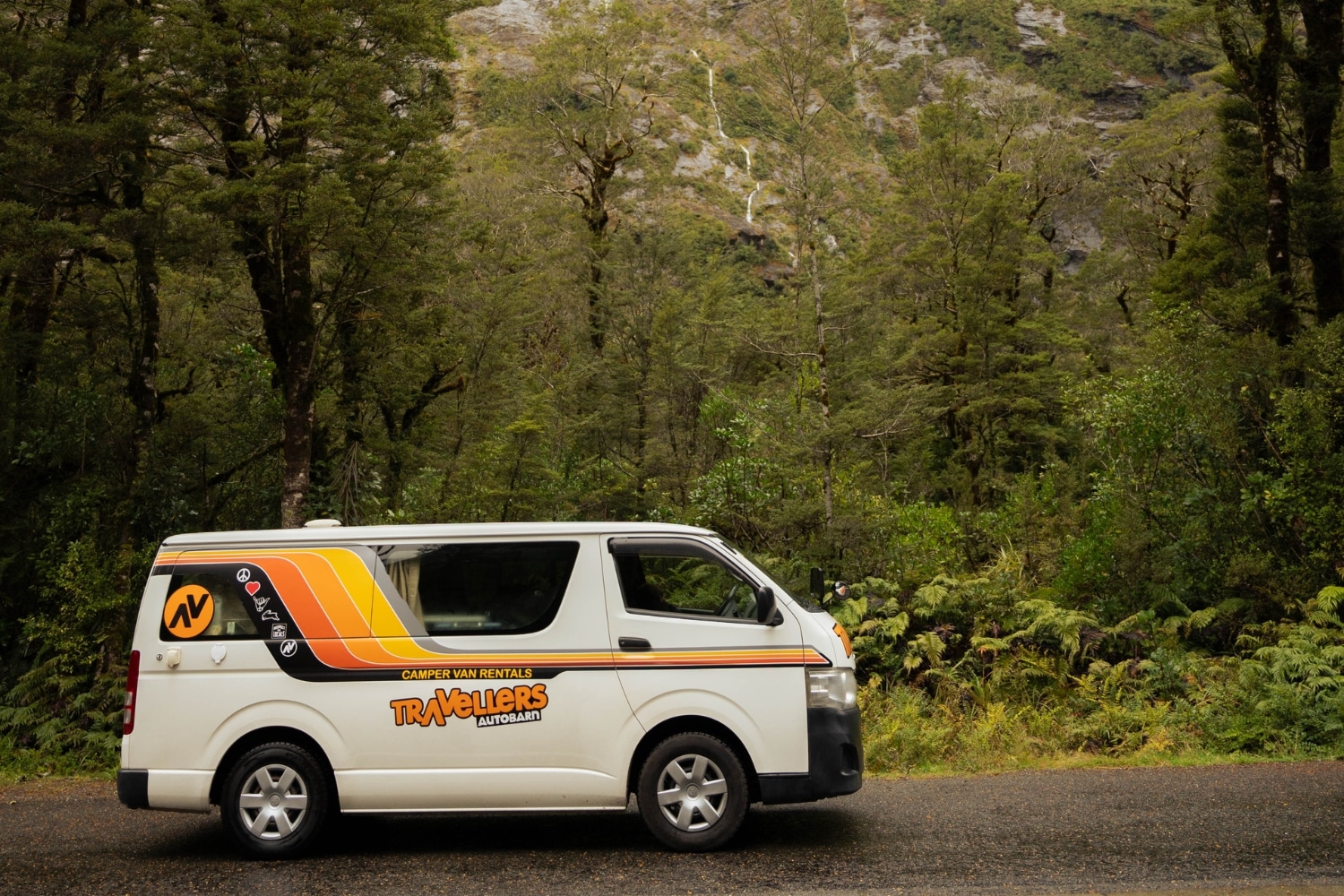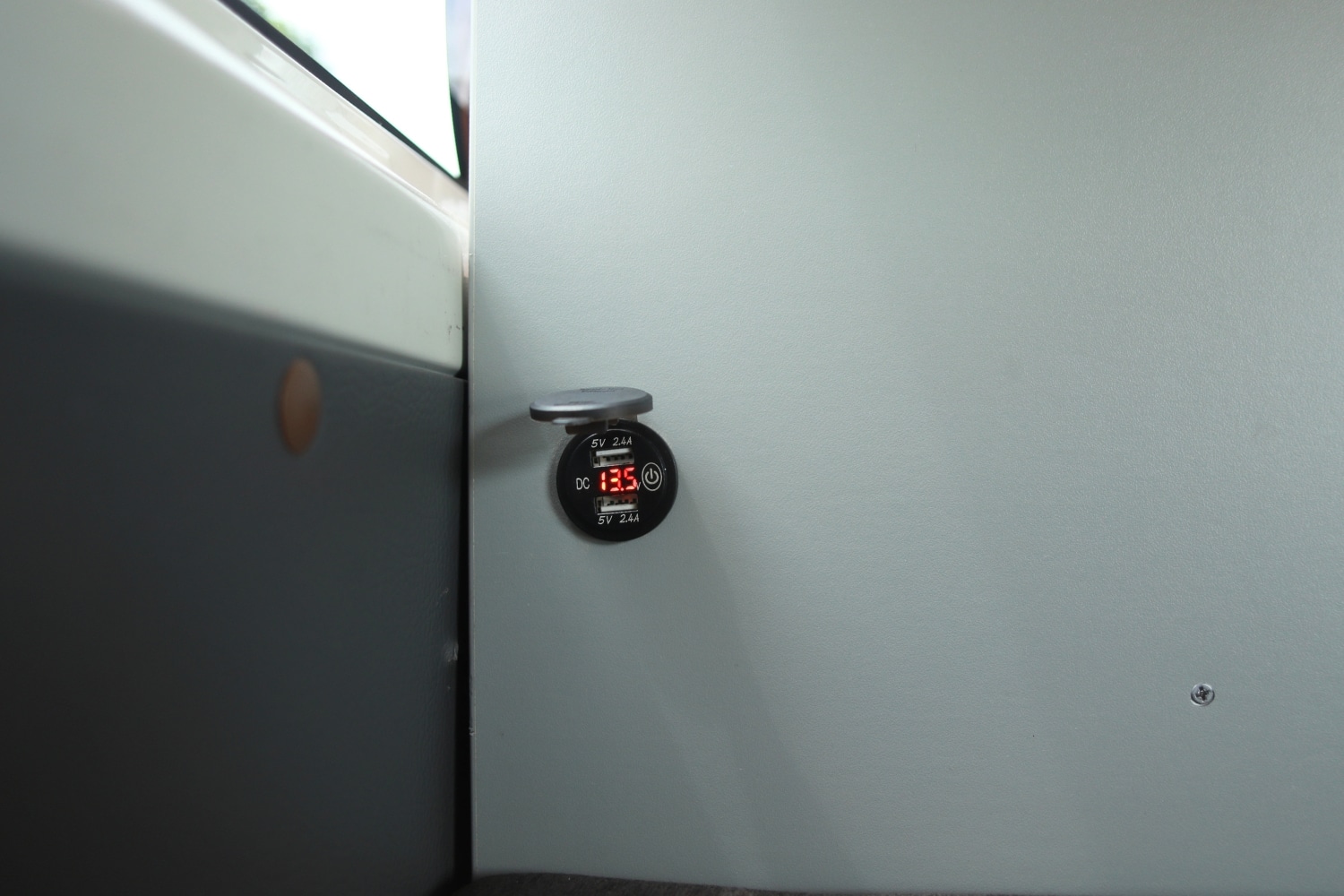Japan, known for its cultural richness, hosts about 200,000 festivals or ‘matsuri.’ Spread nationwide, these events showcase traditions and community spirit. They occur in both rural and urban areas, featuring diverse heritage. Matsuri are prominent in summer but happen all year. Each season brings unique celebrations. Summer matsuris have fireworks and dances, while winter ones display illuminations and snow sculptures. These festivals, available year-round, make Japan a special spot for cultural lovers and travelers. If you rent a campervan from us, please be sure to check the schedule of a festival somewhere. This time I proudly introduce a few festivals worth visiting while you were in Japan, yes with our campervan! Below are five top Japanese festivals worth visiting.
The Aomori Nebuta Festival, Aomori Prefecture (early August)
The Aomori Nebuta Festival, celebrated annually, draws millions globally. Since 1980, it’s recognized as an Important Intangible Folk Cultural Asset of Japan. Known for its dynamic energy and colorful floats, the festival captivates audiences. Dancers, known as Haneto, energize the event with their interactive chants. Traditional Japanese drums and flutes harmoniously enhance the festival’s atmosphere. Unique to Nebuta, it welcomes everyone to join as Haneto dancers. This inclusivity makes it a favorite for tourists seeking authentic Japanese experiences. The festival’s blend of tradition and openness exemplifies Japan’s cultural richness.
The colorful, five-meter tall, nine-meter long Nebuta’s night parade is a spectacle. They are equivalent in height to a two-story building, leaving many first-time visitors in awe. The Nebuta Festival captivates with grand paintings depicting historical and mythological scenes, vividly bringing Japan’s rich past to life. These magnificent artworks, showcased during the festival, immerse spectators in a journey through time. On the festival’s final day, an enchanting spectacle unfolds as the Nebuta floats are sailed across Aomori Bay. This memorable moment is further illuminated by a stunning fireworks display, creating a breathtaking backdrop. The fusion of art, history, and modern celebration at the Nebuta Festival offers a unique experience that echoes through the ages.
Related Source:Nebuta Festival official site
The Sendai Tanabata Festival, Miyagi Prefecture (early August)
Japan celebrates Tanabata (star festival) nationwide, with the most well-known and grandiose celebration taking place at the Sendai Tanabata Festival. Gorgeous and colorful streamers, some stretching up to five meters, characterize Sendai’s Tanabata. The downtown area, especially the shopping arcade at the city’s heart, prominently displays these streamers. Festival with traditional dances, live music, food stalls, and fireworks marking festivities’ start.
The streamers are handmade from ‘washi’ paper every year and the washi paper used for the decorations is traditional Kyo-chiyogami and Edo-chiyogami. Local community groups, schools, shops and businesses skillfully uses these different types of chiyogami to prepare the elaborate decorations. In January, we often decide on the designs, and then spend the next six to seven months producing the highly detailed decorations, which embody the unique wishes of each shop.
Related Source:Sendai Tanabata Festival official site
The Tokushima Awa Odori, Tokushima Prefecture (middle of August)
The Awa Odori (Awa dance) is an annual summer festival that attracts around 1.3 million people from across Japan and abroad over four days. and one of the attractions is that anyone can participate. Awa Odori features lively music, dynamic movements, and colorful traditional costumes.
The Awa Odori, with its 400-year history, saw several bans by the Tokushima Domain during the Edo period, as they feared the dance’s fervor could incite revolts. However, the Awa Odori was very popular among the general public, especially among the Tokushima indigo merchants who became the bearers of cultural exchange with other parts of the country. Over time, the Awa Odori incorporated elements of various dances from different parts of the country. During the Meiji and Taisho periods, Japanese culture modernized as a whole, incorporating Western instruments like violins into the Awa Odori. The current form of Awa Odori, with its many variations, has been performed for over half a century.
Related Source:Awa Odori Festival official site
The Sapporo Snow Festival, Hokkaido (early February)
The Sapporo Snow Festival is a snow and ice festival held in Odori Park and other areas of Sapporo. It all started in 1950 when some local junior and senior high school students set up six snow sculptures in Odori Park. More than 70 years later, artists erect over 200 snow and ice sculptures, drawing an estimated 2.5 million visitors during the festival. These sculptures feature celebrities, world-famous architecture, and a variety of other themes. At night, colored lights illuminate the sculptures, transforming them into a spectacular visual feast.
Some of the snow sculptures feature music and serve as the backdrop for projected video which recreates scenes in movies and video game providing and magical three-dimensional, multi-sensory experience.
Crystal Street is another site where there are around 60 delicate ice sculptures. On the first day of the festival, we hold an ice sculpture competition at this venue, along with daily sculpting demonstrations. Watching the ice sculptures transform into works of art in person is one of the festival’s highlights.
Related Source:Sapporo snow Festival official site
The Okinawa Zento Eisa Festival (end of August or early September)
The Okinawa Zento Eisa Festival, often simply called Eisa, showcases a traditional Okinawan art form. Performers honor and bid farewell to ancestors during the Obon season through dynamic dances. Various groups actively engage in these performances, featuring traditional Japanese instruments like the ‘sanshin’ (a three-stringed instrument), ‘odaiko’ (a large barrel drum), and ‘shimedaido’ (a medium-sized drum). The powerful sound of the drums and the warm cheerful sound of the sanshin matched with the lively dance creates a truly festive atmosphere.
Eisa dance groups can range in size from a couple dozen to upwards of 100 people. The way the dancers move in unison and express themselves, along with the music and songs is truly dynamic and breathtaking. There are also public dance performances that are open to anyone, so be sure to check it out.
Related Source:Okinawa Eisa Festival official site
Other Articles to read
About the Author
Sayuri
I have been travelling by campervan to various areas all over Japan for more than 5 years. My goal is to visit all 47 prefectures in Japan! Just 12 more prefectures to go and I'll have accomplished it! I hope I can share some of information of wonderful places in Japan.
